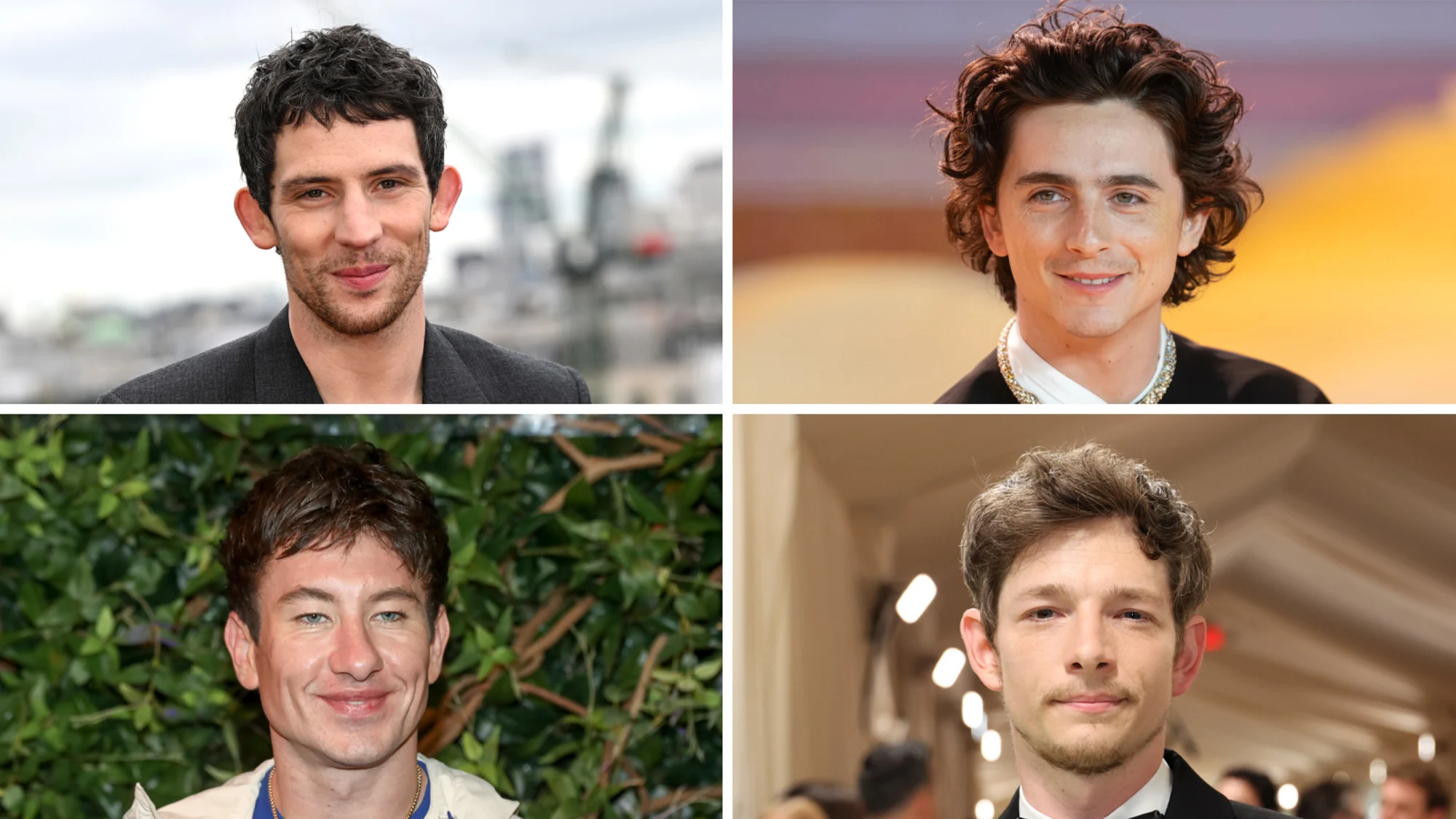In May, as The Hollywood Reporter published its controversial “new A-List” of stars for 2024, an internet phrase used to describe the attractiveness of a singular group of male celebrities became a contested topic in itself. The term was “Hot Rodent Man”.
Memes from the 2007 Pixar animation Ratatouille were brought forth by online commentators to suggest that there was a group of new male celebrities considered Hollywood’s latest sex symbols despite (or because of?) having “rodent-like” features. They included Josh O’Connor and Mike Faist, the stars of tennis threesome drama Challengers, Saltburn’s Barry Keoghan, Jeremy Allen White (The Bear) and Glen Powell (Hit Man). Further examples of the “hot rodent” aesthetic supposedly included Tom Holland, Adam Driver, The 1975 singer Matty Healy and Timothée Chalamet. Angular features, a larger nose and often unkempt hair were the shared physical characteristics of the trend. In June, The New York Times (among others) asked Who is a ‘Rodent Man’? The conversation had peaked.
“Hot rodent” joins the constantly regenerating roster of male celebrity labels that includes the “Golden Retriever boyfriend”, said to describe a man who is particularly affectionate and excitable, (see Taylor Swift’s partner Travis Kelce). The “short king” title has been around for longer, epitomised by Daniel Radcliffe, The Weekend, Jeremy Allen White (again), Tom Holland and Cillian Murphy, whose looks and charisma are celebrated alongside their relatively small stature. “Short kings” are said to have confidence in themselves, and be happy with their height – an implicit acknowledgement that Western society has considered smaller men to be somewhat less masculine than their taller counterparts.
Read more at BBC.com




